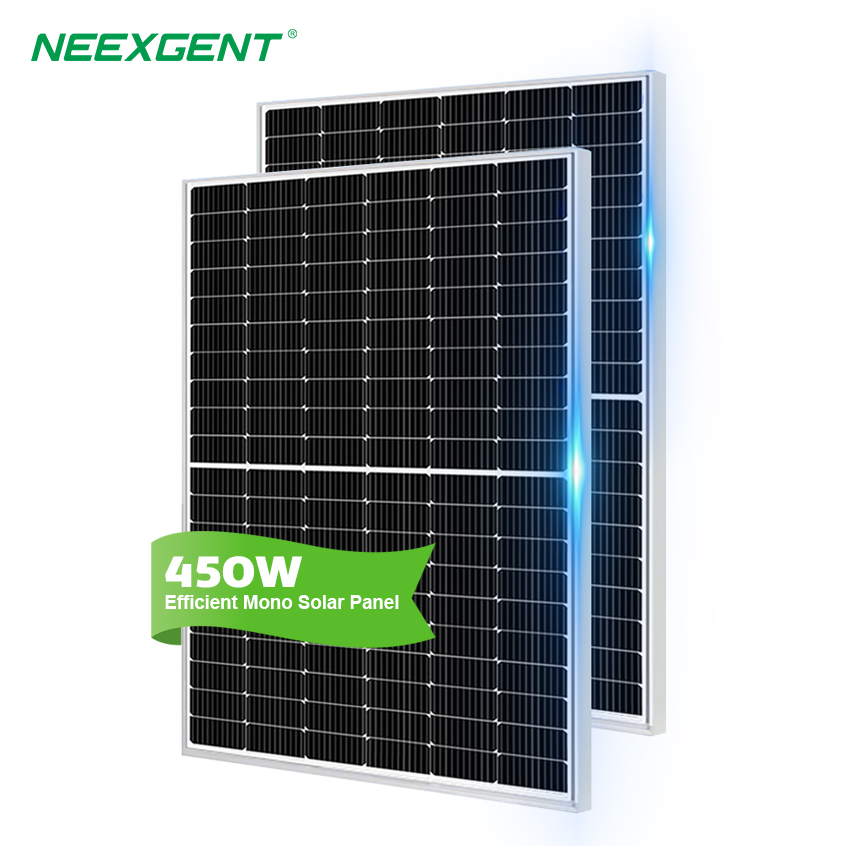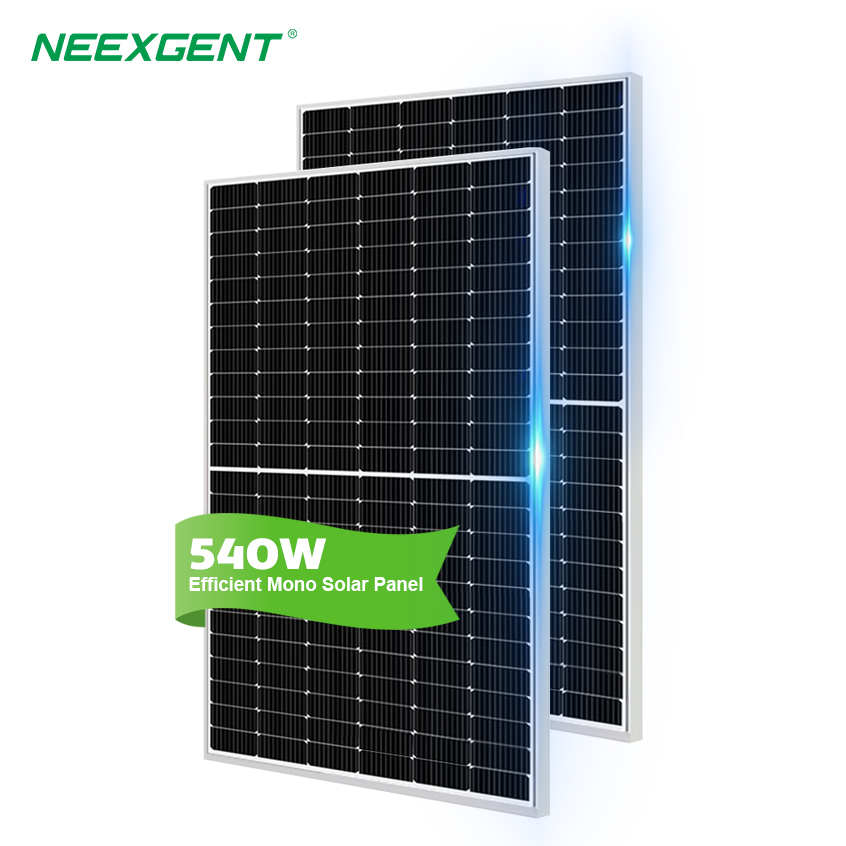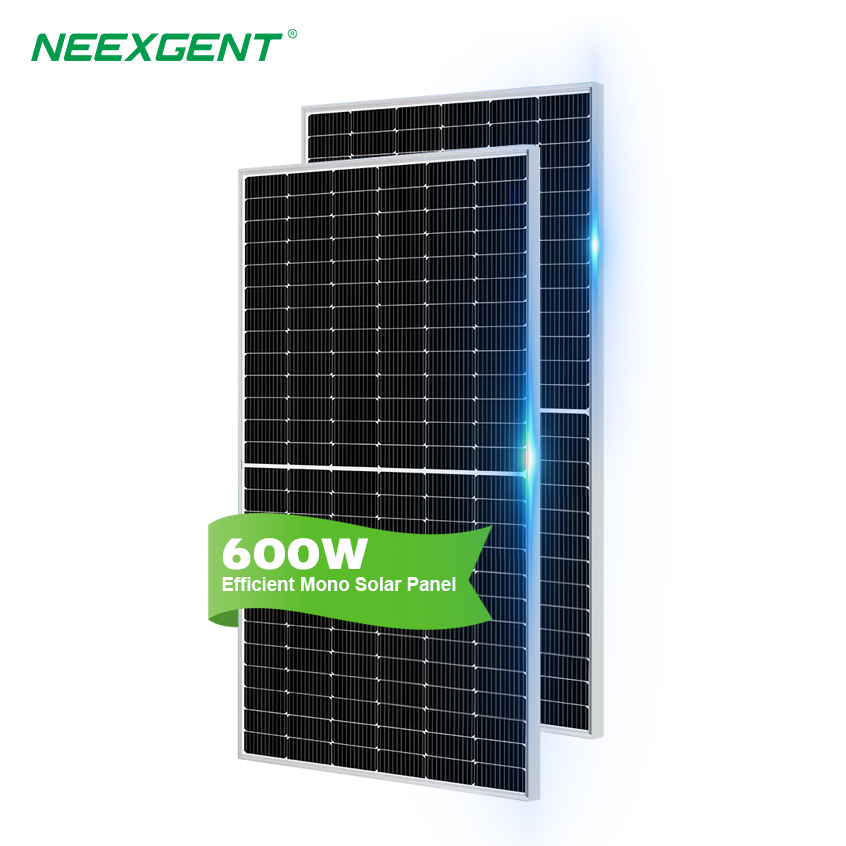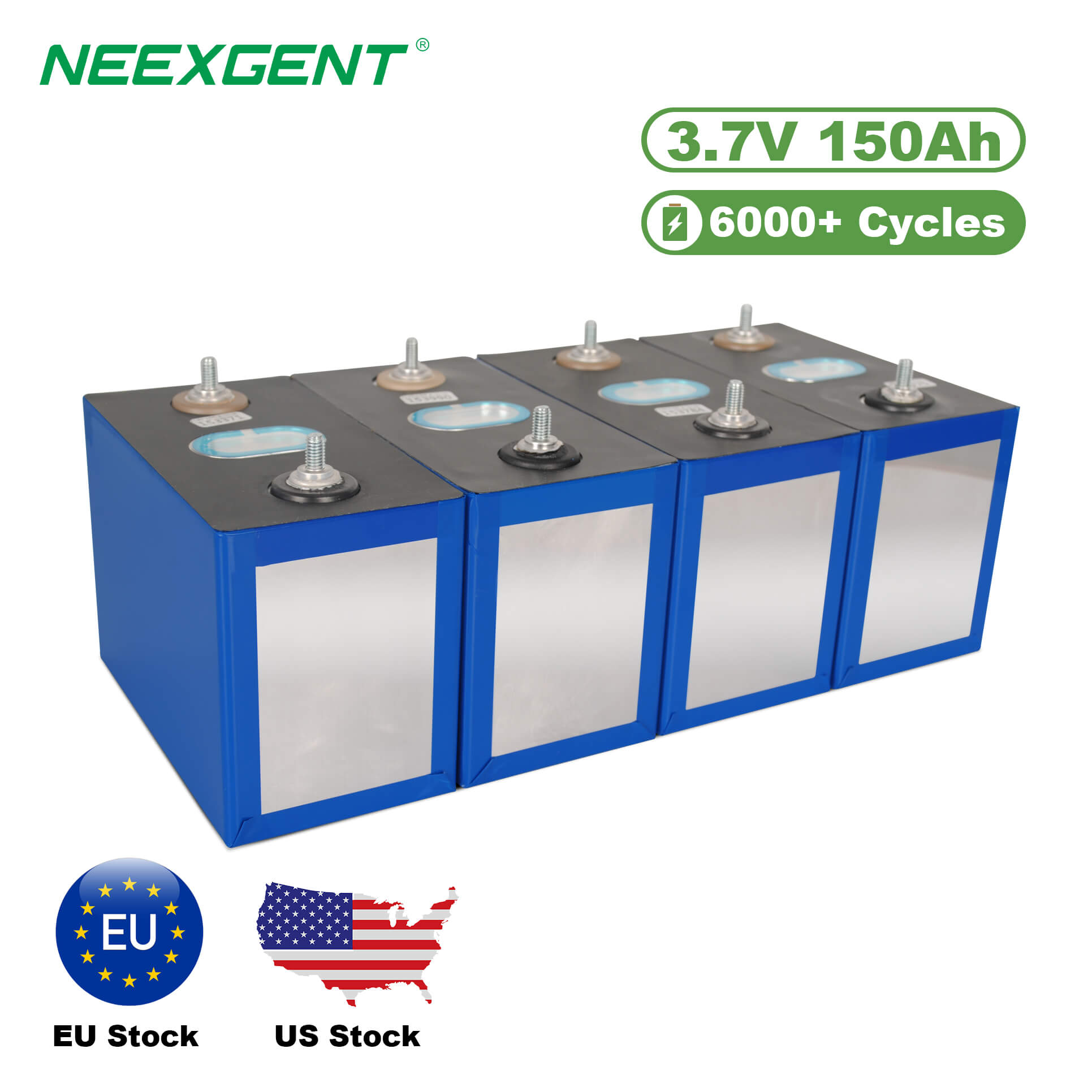Solar panel mounting rails are essential components in photovoltaic (PV) systems, providing the structural support necessary to secure solar panels to various surfaces such as roofs or the ground. They ensure the panels are positioned optimally for maximum energy production and remain stable under various environmental conditions.
Types of Solar Panel Mounting Rails
There are primarily two types of mounting systems that utilize rails:
-
Roof-Mounted Rail Systems
These systems attach directly to the roof structure, providing a stable base for the solar panels. They are commonly used in residential and commercial installations.
-
Ground-Mounted Rail Systems
Ideal for installations where roof mounting isn't feasible, these systems are installed on the ground using various mounting options, including fixed-tilt, single-axis, and dual-axis trackers.
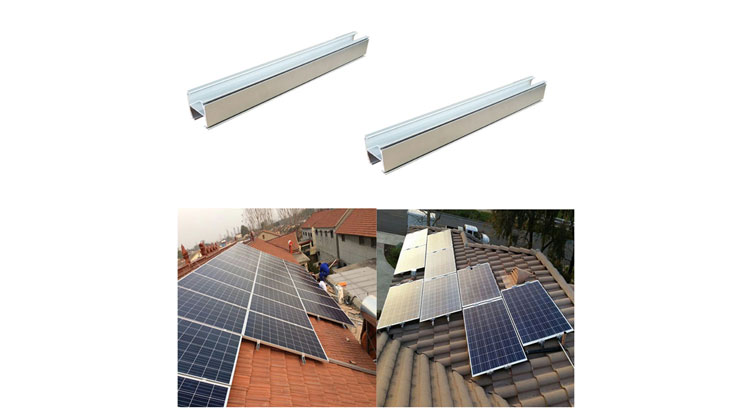
Benefits of Using Mounting Rails
-
Structural Integrity
Mounting rails provide a secure and stable foundation for solar panels, minimizing the risk of damage or displacement due to high winds or other weather events.
-
Enhanced Airflow
By elevating the panels slightly off the mounting surface, rails allow for better air circulation underneath, helping to keep the panels cooler and thereby improving their efficiency.
-
Flexibility
Rails offer the flexibility to adjust the positioning of panels to achieve optimal tilt and orientation, maximizing energy production based on geographic location and specific site conditions.
Materials Commonly Used in Solar Mounting Rails
Solar panel mounting rails are typically made from materials that are strong, lightweight, and resistant to corrosion. The most common materials include:
-
Aluminum
Widely used due to its excellent strength-to-weight ratio and resistance to rust. It's also easy to cut and drill, which simplifies the installation process.
-
Stainless Steel
Often used for bolts, fasteners, and connectors. Stainless steel is incredibly durable and corrosion-resistant, making it ideal for outdoor environments.
-
Galvanized Steel
Sometimes used in ground-mounted systems for added strength. While heavier than aluminum, it provides excellent support in demanding conditions.
Installation Process Overview
Installing solar panel mounting rails involves several key steps. While the specific procedure may vary based on the mounting surface (roof or ground), the general process includes:
1. Site Preparation
- Inspect the site for structural soundness.
- Mark the planned layout for rail placement.
2. Rail Positioning & Attachment
- Mount flashing or brackets to the roof or ground base.
- Attach the rails using appropriate hardware.
- Check alignment with a level to ensure proper drainage and orientation.
3. Securing Solar Panels
- Install mid clamps and end clamps to secure the solar panels to the rails.
- Connect panels according to electrical and grounding guidelines.
4. Inspection & Testing
- Perform a final inspection of the structure.
- Test electrical connections and ensure system integrity.
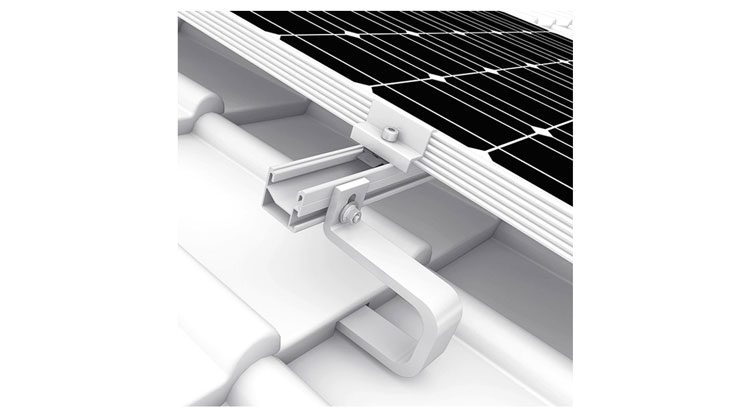
Maintenance Tips for Longevity
Though solar mounting rails require minimal maintenance, regular checks can ensure the longevity and performance of the system:
Check for corrosion, loose bolts, or any signs of structural damage at least once or twice a year.
If rails or mounting brackets are collecting debris or dirt, gently clean them to maintain airflow and panel efficiency.
Ensure bolts and clamps remain tight over time, especially after storms or high winds.
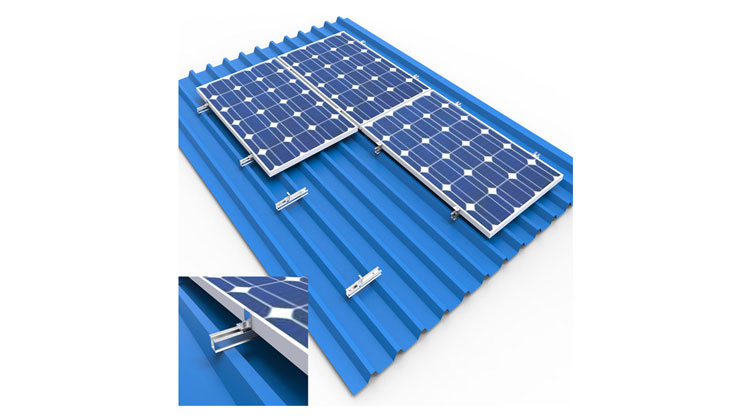
Conclusion
Solar panel mounting rails are the unsung heroes of every solar energy system. They provide essential support, durability, and flexibility, allowing solar panels to operate efficiently and safely for decades. Whether you’re considering a rooftop or ground-mounted system, investing in high-quality rails and proper installation is crucial for long-term performance and reliability.

